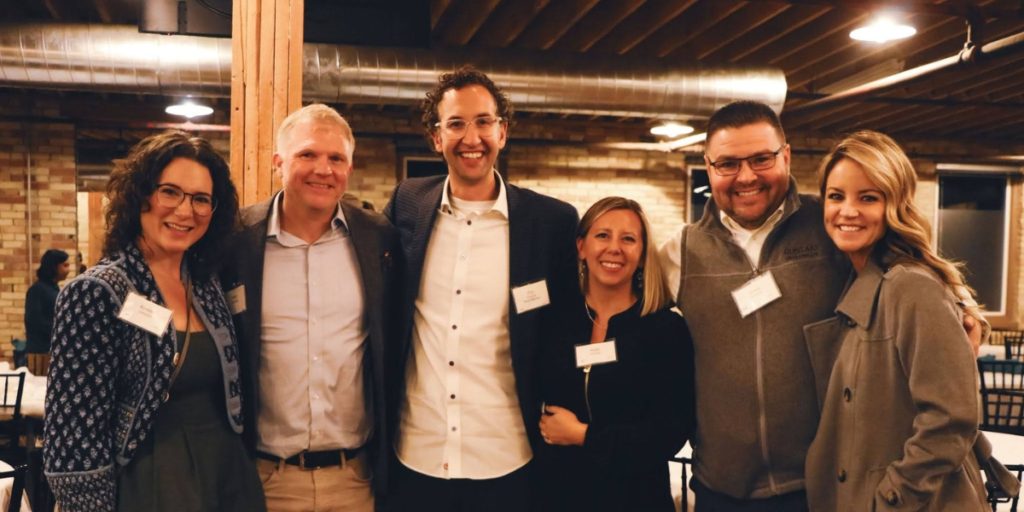
Why I Volunteer: A three-part series of stories from Habitat Kent Volunteers
Each year, over a thousand members of our community dedicate their time, talents, and hearts to helping further our mission of building homes, communities, and hope. They help on our […]

